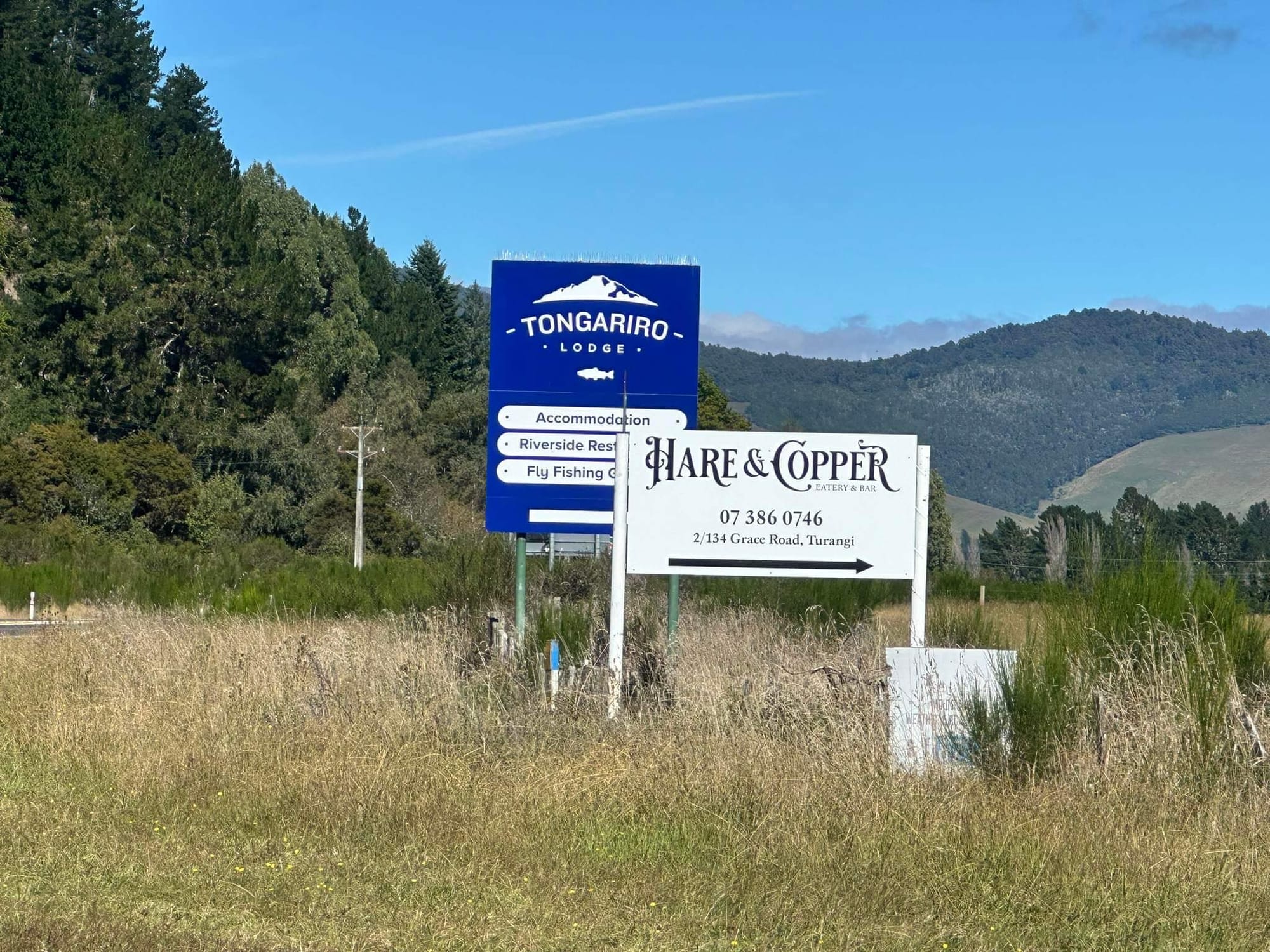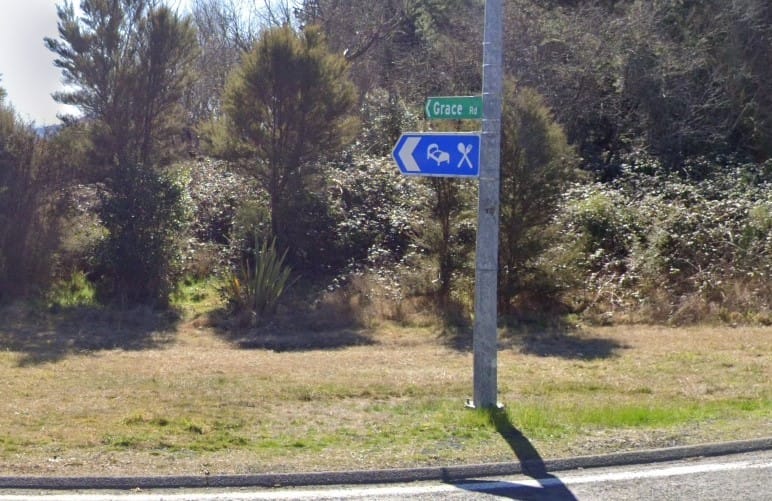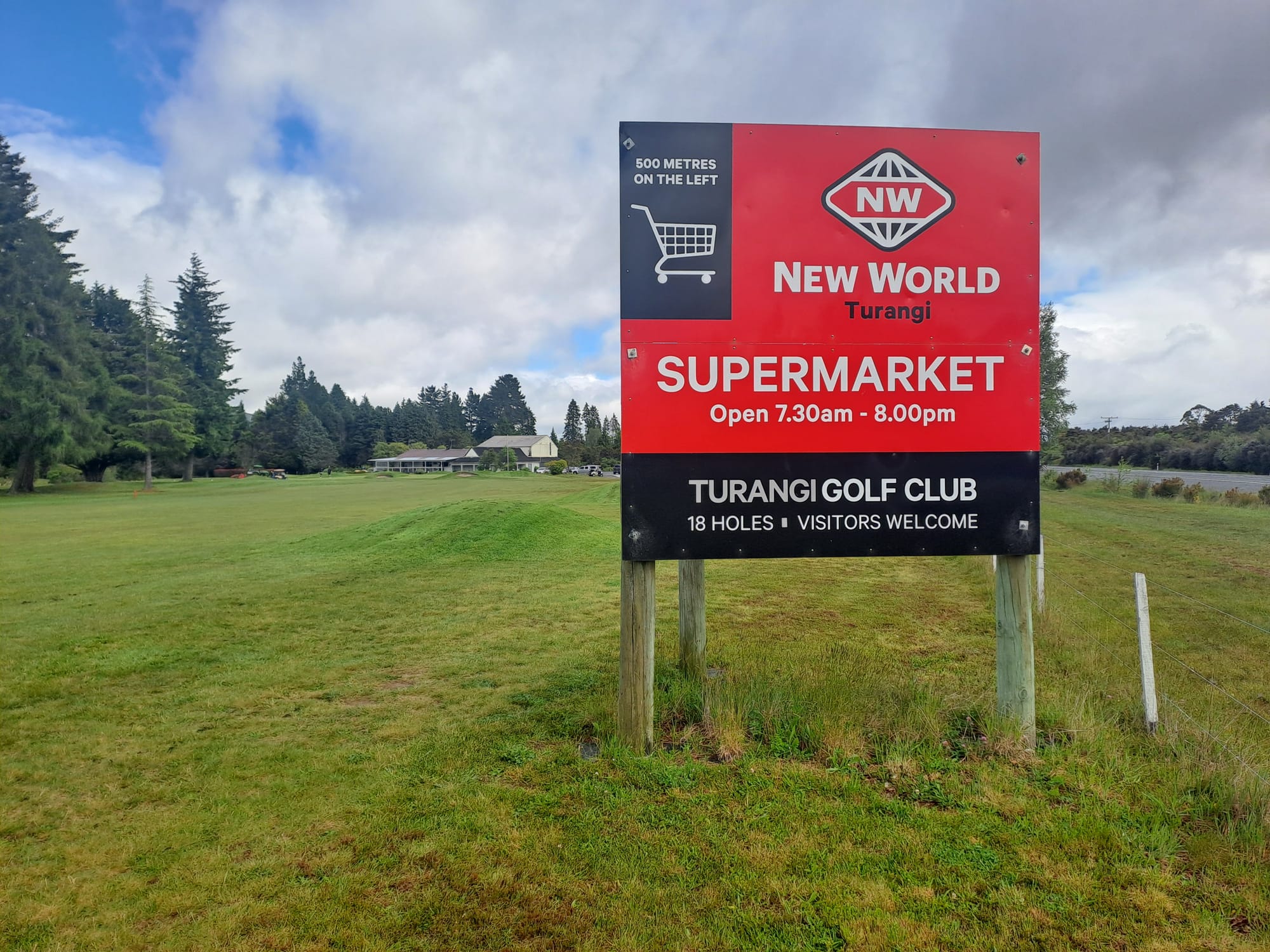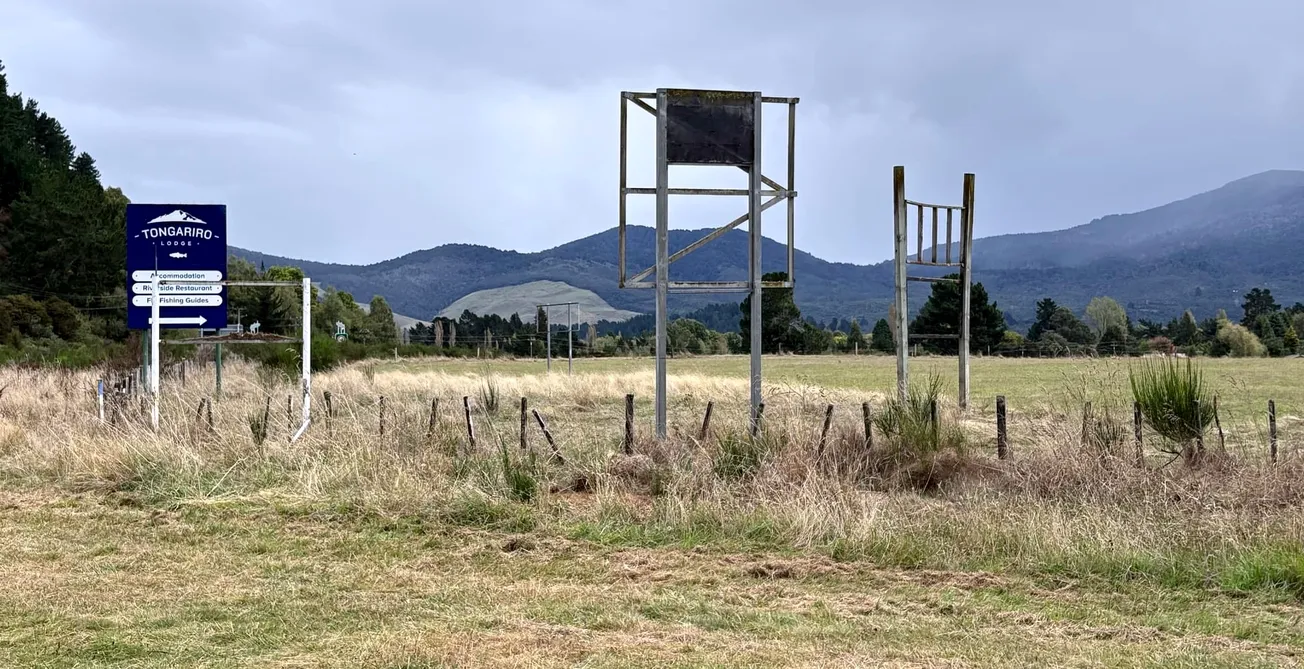It has developed into a kind of Kafkaesque nightmare which challenges those involved to make sense of seemingly incomprehensible bureaucracy and bizarrely circuitous advice.
Not the latest psychological horror filmed in Taupō, but the current to-do with business signs in Tūrangi.
It all started, according to an email to Mayor David Trewavas from Taupō District Councillor Sandra Greenslade (Tūrangi-Tongariro ward) when a business owner who had been asked to remove his signs from Pihanga Rd went out and identified every sign in Tūrangi that didn’t comply.
“I’m predicting a riot amongst Tūrangi businesses fairly soon if council staff don’t find a pragmatic solution that allows our businesses to advertise. We are a small, isolated town 50km from anywhere and we value our businesspeople who let’s face it, do business in a difficult environment every day,” says Greenslade in the email.
She is suggesting a forum between the Mayor and affected, or disaffected, business owners.
Andrew Wood, owner and executive chef of the Hare and Copper Eatery and Bar on Grace Road, just north of Tūrangi, is one of several business owners down Grace Rd who has had signs removed from a paddock adjacent to State Highway 1.

According to both the TDC and New Zealand Transport Agency Waka Kotahi (NZTA) the signs currently comply with neither the Taupō District Plan nor the NZTA (Signs on State Highways) Bylaw 2010 which have similar size and word count requirements.
Though they could be allowed, possibly, which would involve applying to NZTA for a licence to install a sign (and paying a yearly fee), though the sign must meet NZTA and local district regulations – which differ for different speed zones.
However, the signs were on Crown land administered by NZTA and says NZTA “generally sub-licences are not allowed, but in some cases where this is permitted – the sign must still comply.”
A tourist operation can apply for a brown visitor attraction sign, says NZTA but “meeting the criteria does not automatically guarantee that the operator will get approval for the sign, however. There are other engineering and safety aspects that are considered around the proposed location.”
Also of note, communicated the NZTA communications team “for traffic sign purposes, tourist establishments are commercially operated enterprises catering mainly for tourists. They must be of genuine interest to tourists and have some interpretive value such as guided tours or working demonstrations. Examples… include museums, historic homes and gardens, tourist farms, fauna parks and zoos, wineries, craft centres, potteries and art galleries, theme parks and adventure sports facilities.
“Under the guidance, the Hare and Copper does not fit the criteria for a brown and white sign.”
However, said NZTA holding out an emblematic olive branch, there is “already a blue and white sign indicating the restaurant and accommodation on the lamp column at the intersection.”
Yes, there is a small sign which doesn’t actually mention any business by name. It shows a nicely made bed and clean knife and fork – no words. (It could be read as ‘no teenagers left at home’.

Wood feels he’s caught up in a bizarre spiral of signomania, inconsistency and mixed messaging.
“As far as my knowledge goes,” he says of the signs that were on the corner of Grace Rd, “in the 30 or 40 odd years that some of them have been there, there hasn’t been one accident because of them.”
He’s had emails from a Hamilton real estate company, subcontracted to NZTA to deal with the issue, which he initially ignored or trashed as spam, had his signs returned but not yet the posts that hold them up, and wonders why some tall signs have been taken down but been told by contractors that other shorter ones will need a cherry picker.
And then there are the dozens of other signs around Tūrangi that he says appear non-compliant that one can spot in a 15-minute drive.
“If you’re driving north from the Desert Road, there’s the Love Taupō sign… and the New World sign should be coming down as well apparently and I’m going woah, woah, woah, our visitors need to know that there’s actually a New World here. Why are we taking that down? I mean it’s probably the most successful business in the area but still it should have its own sign.
“At what point do I scream, I don’t know.”
He can sheet his incomprehension back to an early correspondence with NZTA when he asked:
“‘How do we work together on this?’ ‘What do I need to do to keep my sign there?’ And they basically said: ‘you’ve got to take it down’.”

There was no indication at that point he could technically apply for consent, he says, but since he’s now heard the application fee for that would be in the vicinity of $1,500, “and it’s not guaranteed they will say ‘yes’ and then you’ve got your annual fee to have it there as well… it could be worth it but I don’t really want to spend $1,500.”
Rather than scream, or risk the $1,500, Wood will be investing the money elsewhere.
“I have got an A-frame trailer here, I just need to get some mudguards put on it to make it warrantable. Then I’ll… stick it out on the council berm with a sign that’s four times as big, which will be more of a pain in the arse and then I will rotate it to the four corners of the intersection…
“They’ll want to mow the lawns one morning and my trailer will be there.”





